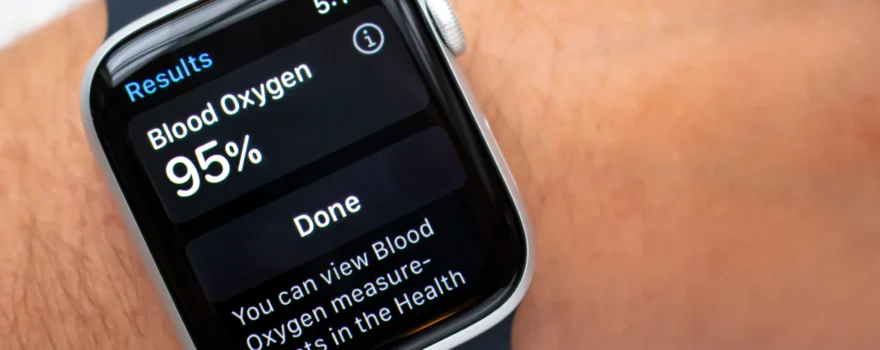
Apple insider Mark Gurman says the company has assembled a secret team working on implementing a non-invasive glucometer in the Apple Watch and some other interesting projects. He also said that the company’s upcoming headset will probably be able to work without an iPhone.
XDG Labs.
Apple has long been known for keeping future products secret, but even by those standards, the XDG (Exploratory Design Group) lab is considered top-secret at the company. As reported last week, engineers from the team are involved in creating a noninvasive glucometer in Apple’s smart watch, but among their projects, Mark notes, are even more interesting developments.
The XDG group is similar to the X Innovation Lab at Alphabet, or “Moonshot Factory,” which helped develop Waymo’s drone car technology, Google Glass headsets and Loon Internet balloons.
The Exploratory Design Group was founded several years ago and was long led by Apple scientist Bill Athas, until his sudden death late last year (Steve Jobs and Tim Cook considered him one of the company’s brightest engineering minds). The team is now led by Atas’ deputies, including leading Apple engineers and scientists Jeff Koller, Dave Simon, Brian Raines (working on the glucometer project) and Heather Sullens, Jared Zerbe (other projects). The XDG team is part of Apple’s Hardware Technologies group, which is led by Senior Vice President Johnny Srawji.
The Exploratory Design Group has several hundred employees, mostly scientists and engineers. Projects include a next-generation display, artificial intelligence, and AR/VR headset features to help people with eye diseases. The team was originally brought together under Atas to work on low-power processor technologies and next-generation batteries for smartphones, and those projects are still in operation. Many of the chip and battery technologies developed by XDG have been shipping in iPhones, iPads and Macs for years.
Like the Moonshot Factory at Alphabet – and other Silicon Valley companies – XDG employees have tremendous financial resources and capacity to explore interesting ideas. Team members have slightly different competencies than the engineering teams that produce new iPhones, iPads, and Apple Watches every year – XDG is tasked with working on projects and finding out how real those ideas are.
Even though the team operates like a startup, it is, like any other Apple division, divided: people working on different projects at XDG cannot discuss the technologies with each other. Engineers and scientists are not organized by project, but by skill: for example, one employee may work on several initiatives that match his or her skills, rather than on one specific product.
Apple’s headset
Gurman, citing his own sources, says the latest test versions of Apple’s mixed reality headset and its on-board xrOS operating system can be set up without an iPhone and upload iCloud content and data directly from the cloud. However, you can transfer your data from your iPhone or iPad-just as you do when setting up a new smartphone or tablet.
The headset does not have a remote control – you can control it with your eyes or hands. A key feature for text entry, “typing in the air,” is available in recent internal prototypes. Apple now plans to unveil its first headset, possibly called Reality Pro, at the WWDC conference in June.
A cheaper headset with a lower-end display and processor will be released in late 2024 or 2025. Based on brand statements, the economy version could be called Reality One. And, not surprisingly, there is already a second-generation version of the Reality Pro – the focus is on performance. Although the first model will get an M2 chip and a secondary chip for augmented and virtual reality processing – they’re not powerful enough to output graphics at the level Apple expects. FaceTime, for example, displays a realistic image of only two conference participants; the rest will be shown as a pic or Memoji.
Apple’s first headset was originally planned to be even more powerful, having a separate hub with extra processing power that could be transmitted wirelessly to the device. But former Apple design chief Johnny Ive abandoned that idea. The company is now working to add a more powerful processor (possibly the M3 or M4) for the second model.

 Get in Touch
Get in Touch 


